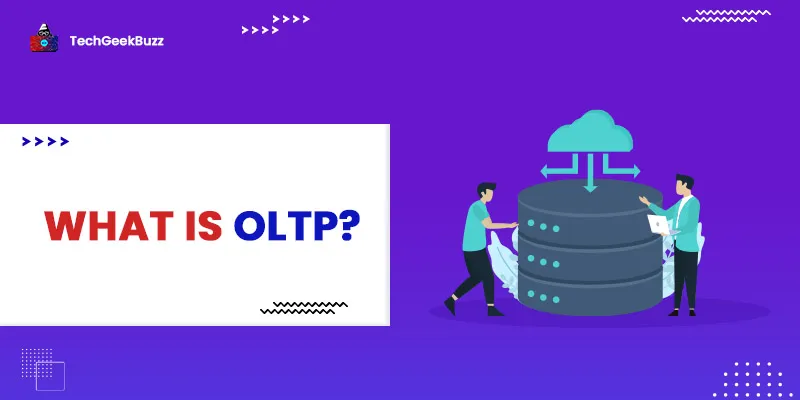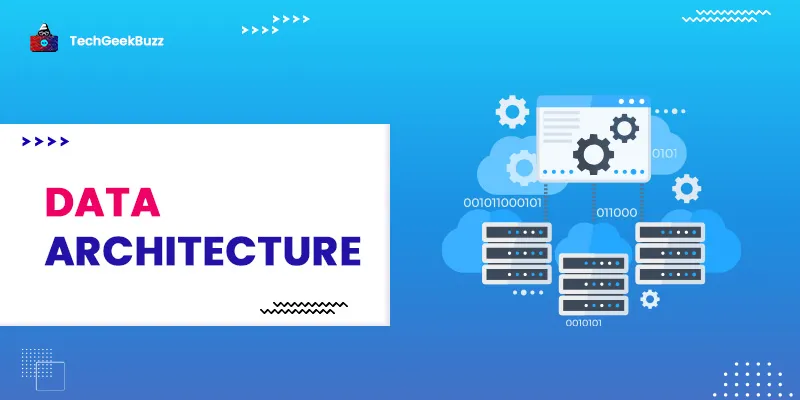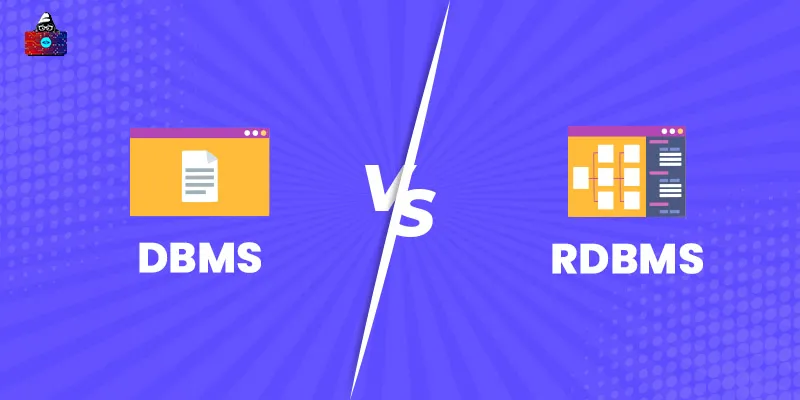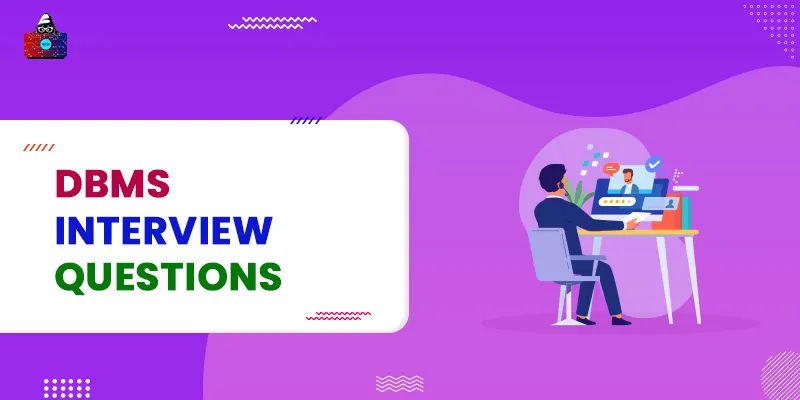OLTP stands for online transaction processing. It assists transaction-oriented applications in the 3-tier structure and manages the day-to-day transaction of an organization. Online transaction processing is primarily concentrated on query processing, managing data integrity in multi-access conditions, as well as effectiveness that is given out by the number of transactions completed per second.
An OLTP system is an online database changing system that facilitates database queries like inserting, deleting, and updating information on the data stored in the database.
What is OLTP?
OLTP Architecture
- Business Strategy: Business strategy works with the problems that can affect the organization. In online transaction processing, business strategy is developed at a higher level within the firm by the top management.
- Business Process: The business process is a collection of activities or tasks that, once developed, will achieve an organizational goal.
- Customers, Orders, and Products: Data about products, suppliers (sellers), orders (transactions), employees, and customers (buyers) is vital for an online transaction processing system.
- ETL Processes: ETL processes distribute the data from different RDBMS source systems, transform the data (such as applying concatenations and calculations), and store the processed information in a data warehouse system .
- Data Warehouse and Data Mart: It is a structured pattern particular to the data warehouse environments. A data mart is handled by OLAP for storing processed data.
- Analytics, Decision-Making, and Data Mining: As we know that data saved in the data mart and the data warehouse can be utilized for analytics, decision-making, and data mining. This particular data helps you to discover data patterns, perform analytical decision-making, and analyze raw data for the growth of your organization.
Characteristics of an Online Transaction Processing System
- It handles transactions that involve small amounts of data.
- An online transaction processing system has a large number of users.
- It can easily handle the indexed data of the database.
- It offers speedy response times.
- Databases of an online transaction processing system are accessible to the end user.
- Online transaction processing utilizes an entirely normalized schema for the consistency of the database.
- An OLTP system consists of a short response time.
- It performs only the predefined operations on a few records.
- It saves the records of the last few weeks or days.
- An OLTP system is beneficial for complex data models as well as tables.
OLTP POS System
Consider one point of a supermarket's sales system. The following are sample queries that are processed by such a system:
- Reclaiming description of a distinct product.
- Filtering all products related to a supplier.
- Produce a list of products whose price is less than their MRP.
- Search customer records.
Examples of Online Transaction Processing
OLTP systems find use in a variety of markets. Following are some of the most important ones:
- Online banking.
- Online purchasing of books.
- Airline ticket booking.
- Text message sending.
- Order entry.
- Telemarketers recording telephone survey results.
- Call center staff viewing and updating customer details.
OLAP vs. OLTP: A Head-to-Head Comparison
| Factors | OLTP (Online Transaction Processing) | OLAP (Online Analytical Processing) |
| Response time | It has a response time of milliseconds. | It has response time in seconds, hours and minutes, and it depends on the amount of data to process. |
| Characteristics | Online transaction processing systems handle a large number of small transactions. | OLAP systems handle large volumes of data with complex queries. |
| Query types | Online transaction processing queries are simple. | Online analytical processing queries are complex. |
| Design | It has an industry-specific design, like retail, banking, and manufacturing. | OLAP systems have a subject-specific design, like sales, marketing, and inventory. |
| Purpose | Controls and runs essential business operations in real time. | Online analytical processing systems help to plan, make decisions, solve problems and discover hidden insights. |
| Productivity | OLTP systems increase the productivity of end-users. | These systems increase the productivity of business managers, data analysts, and executives. |
| User examples | Customer-facing personnel, clerks, and online shoppers use online transaction processing. | Knowledge workers such as data analysts, business analysts, and executives require OLAP systems. |
| Database design | Uses normalized databases for efficiency. | Uses non-normalized databases for analysis. |
| Space requirements | It generally requires a small size that is even smaller if transactions are archived. | Storage space requirements are generally huge due to aggregating large datasets. |
| Data updates | Online transaction processing has short and fast updates initiated by the user. | Data periodically refreshes with scheduled, long-running batch jobs in OLAP. |
Benefits of an Online Transaction Processing System
- It provides an accurate estimate of expense and revenue.
- It performs transactions in a much easier way on the part of the customers.
- An online transaction processing system offers solid support for a stable business due to the timely adjustment of all transactions.
- It increases the user base for an association by advancing up and simplifying different processes.
- It provides assistance for more significant databases.
- Data for data manipulation is available.
- We require online transaction processing for using tasks that are generally operated by the system.
- It is used when you require flexibility and concurrency to execute tasks.
Limitations of an Online Transaction Processing System
- If the OLTP system encounters hardware failures, online transactions are severely affected.
- An online transaction processing system allows multiple users to access and change the data at the same time. This can result in undesirable changes.
- In case the server freezes, then it can affect a massive number of transactions. Also, a large amount of data can be erased from the database due to server failure.
- OLTP needs employees working in groups to maintain the list.
- Online transaction processing systems do not have appropriate ways for buyers to transfer products themselves.
- Online transaction processing makes the database more vulnerable to hackers and intruders.
- In B2B transactions, there is the possibility that both the buyer and the supplier miss the efficiency gains that the system provides.
- Users can perform a low number of queries or updates.
Conclusion
As we have already discussed, an online transaction processing system refers to an online database changing system, and it helps database queries like insert, delete, and update to create and modify data information in the database. In this article, we have provided complete information regarding OLTP and a detailed comparison between OLAP and OLTP.
People are also reading:





Leave a Comment on this Post